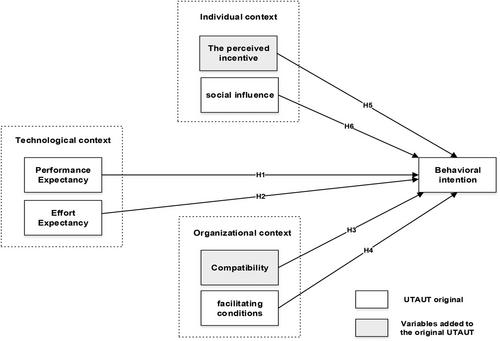Acceptance factors of telemedicine technology during Covid-19 pandemic among health professionals: A qualitative study
Abstract
Objective
Health professionals are the main users of telemedicine systems, and their acceptance will contribute to the successful implementation of this technology. The objective of this study is to provide a better understanding of the issues surrounding the acceptance of telemedicine technology by Moroccan health professionals in the public sector, in the preparation for a possible generalization of this technology in Morocco.
Method
Following a literature review, the authors mobilized a modified version of the unified model of technology acceptance and use, to explain and understand the determinants of health professionals’ intention to accept telemedicine technology. The authors’ methodology is based on a qualitative analysis and is primarily based on data obtained through semi-structured interviews with health professionals, who the authors believe are the primary actors in the acceptance of this technology within Moroccan hospitals.
Results
The authors’ results suggest that performance expectancy, effort expectancy, compatibility, facilitating conditions, perceived incentives, and social influence have a significant positive impact on health professionals’ behavioural intention to accept telemedicine technology.
Practical implications
From a practical point of view, the results of this study can help the government, organizations responsible for the implementation of telemedicine, and policymakers to understand the key factors that may affect the behaviour of future users of this technology, and to develop very specific strategies and policies for a successful generalization.


 求助内容:
求助内容: 应助结果提醒方式:
应助结果提醒方式:


